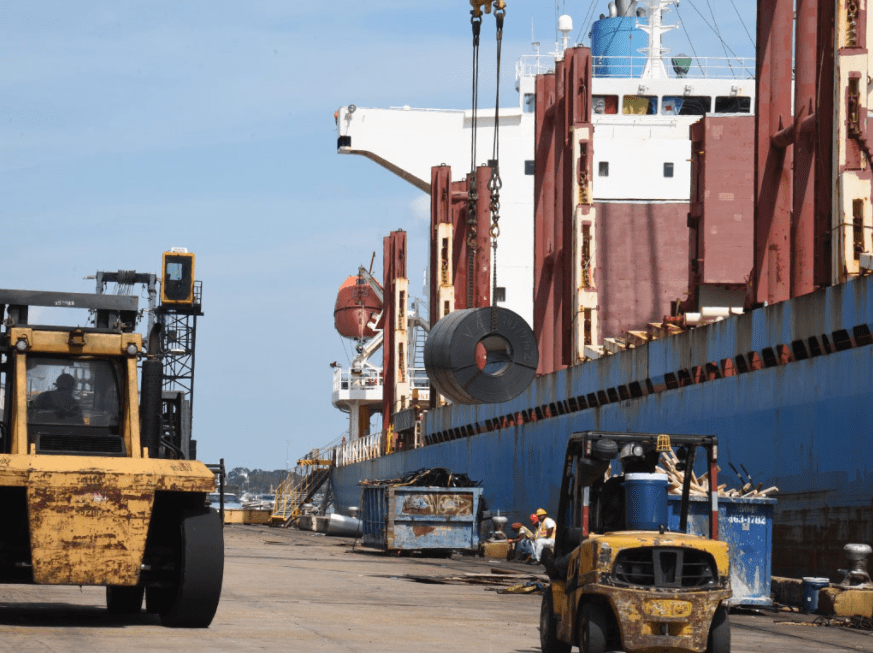
The Port of New Orleans resumed container operations on Tuesday nine days after Hurricane Ida made landfall in southeast Louisiana as a category 4 storm.
The first two ships worked at the Napoleon Avenue Container Terminal were the MSC Charleston at New Orleans Terminal and the Hapag Lloyd CSL Manhattan at Ports America. Seacor’s container on barge service was expected to begin Tuesday night by Ports America.
Breakbulk vessel operations at Port NOLA resumed Sept. 2, just four days after Hurricane Ida with the MV Ishizuchi Star that worked at Coastal Cargo. Meanwhile, New Orleans Public Belt Railroad (NOPD) operations also resumed Sept. 2 to connect with BNSF Railway, CN, CSX, Kansas City Southern, Norfolk Southern, and Union Pacific. Navigation on the Gulf Intracoastal Waterway east of the Mississippi River through the Inner Harbor Canal Lock has also now resumed.
Hurricane Ida’s winds caused mass power outages throughout the entire southeastern Louisiana region and shut down port operations. The port’s terminals and industrial real estate properties, however, sustained no major damage thanks to their location within the $14 billion federal Hurricane and Storm Damage Risk Reduction System. Port NOLA’s Louisiana International Terminal development is also located within those boundaries and was not materially impacted by the storm.
“The Port of New Orleans and New Orleans Public Belt Railroad are resilient and strong. Our wharves are busy today, handling both container and breakbulk cargo vessels, and trains are moving,” said Brandy D. Christian, President and CEO of Port NOLA and CEO of NOPB. “Our success can be attributed to coordination with a long list of partners: FEMA, MARAD, our local, state and federal leaders, terminal operators, tenants, International Longshoremen’s Association, river pilots, Entergy, Carnival Cruise Line, our dedicated Port and NOPB teams, and others.”
The Lower Mississippi River from Baton Rouge to the Gulf, which includes Port NOLA, is one of the busiest port complexes in the world, with approximately 6,000 oceangoing ships annually transiting the river and handling 60 percent of the nation’s export grain and 20 percent of its energy.